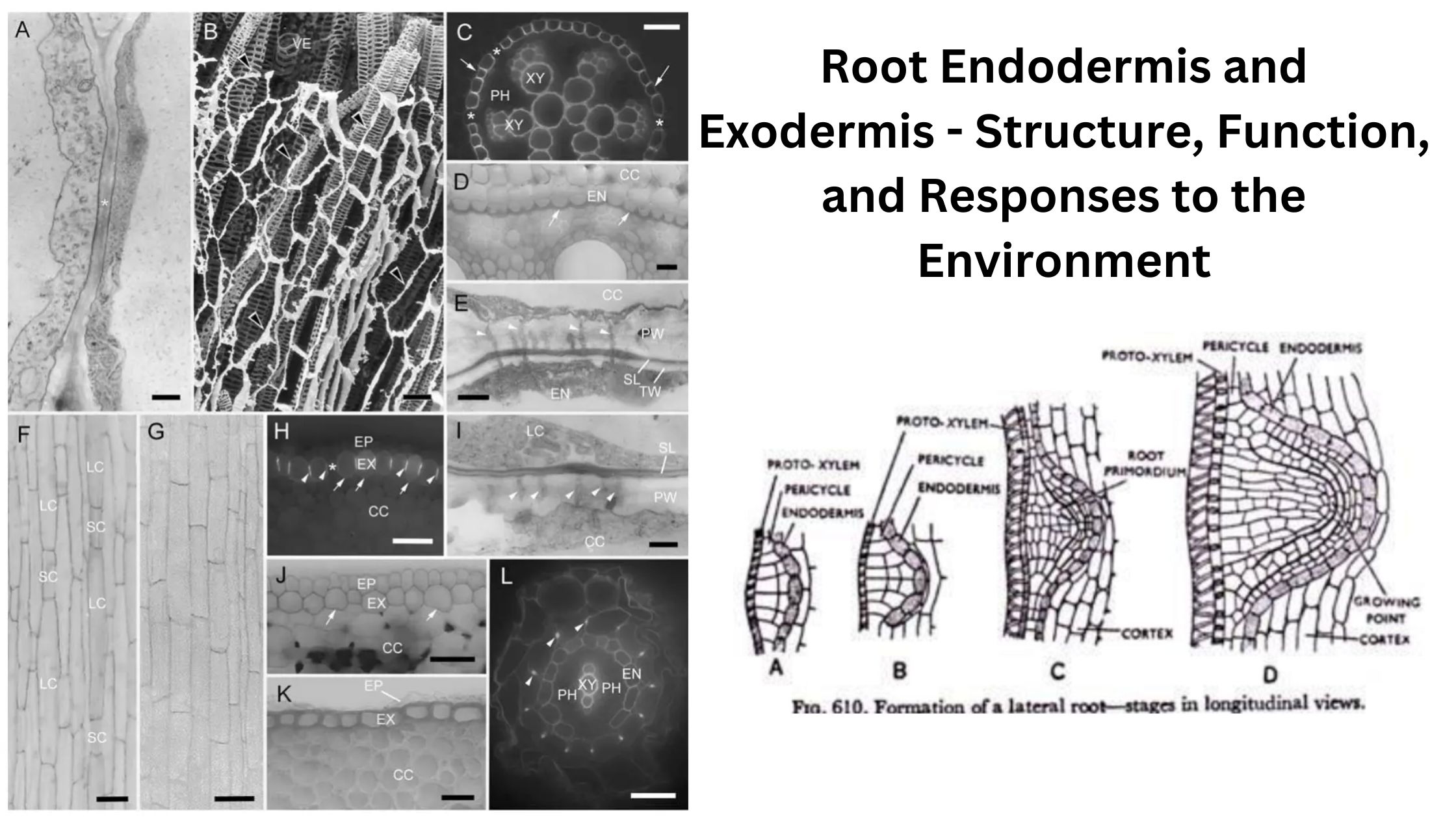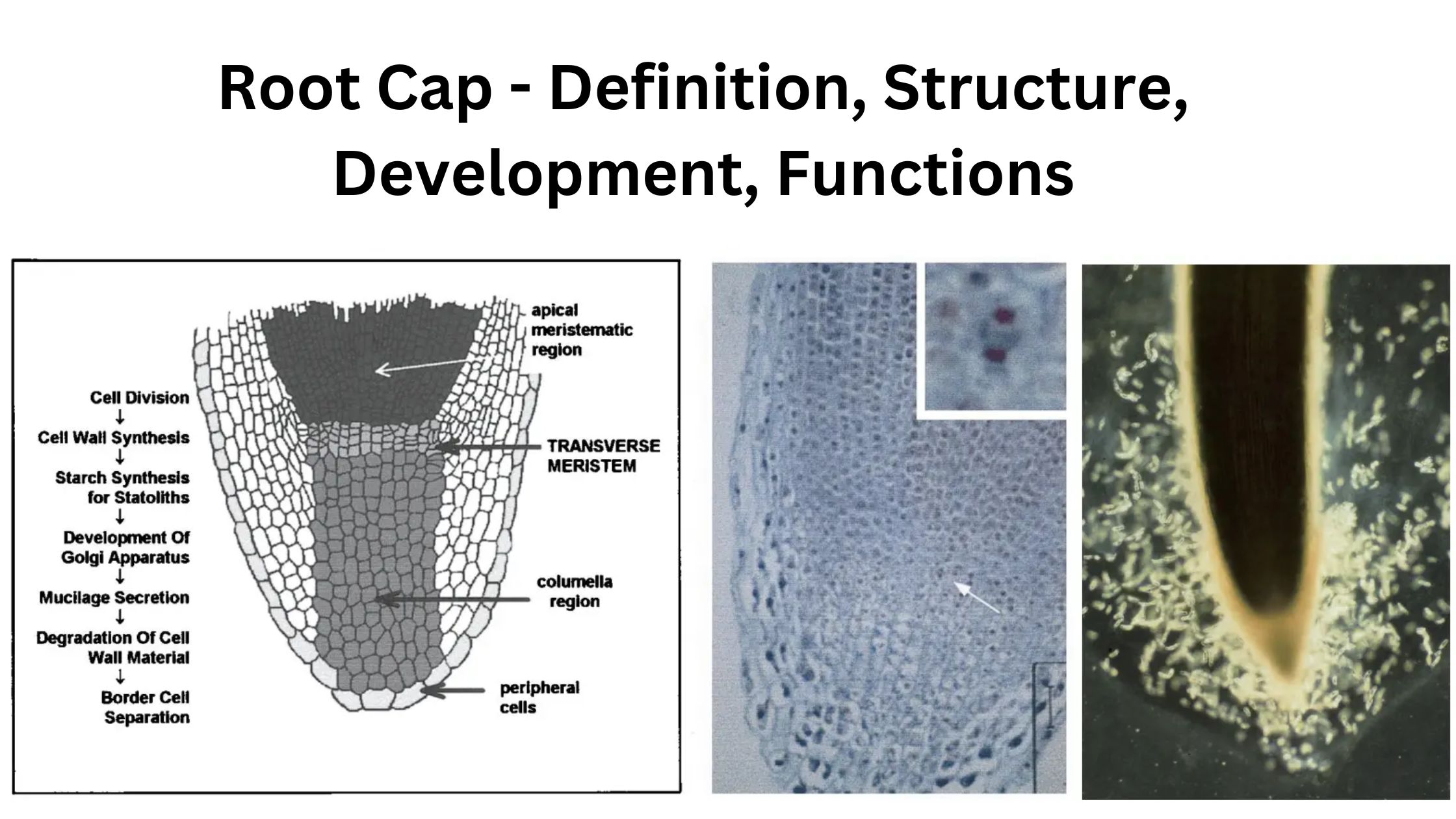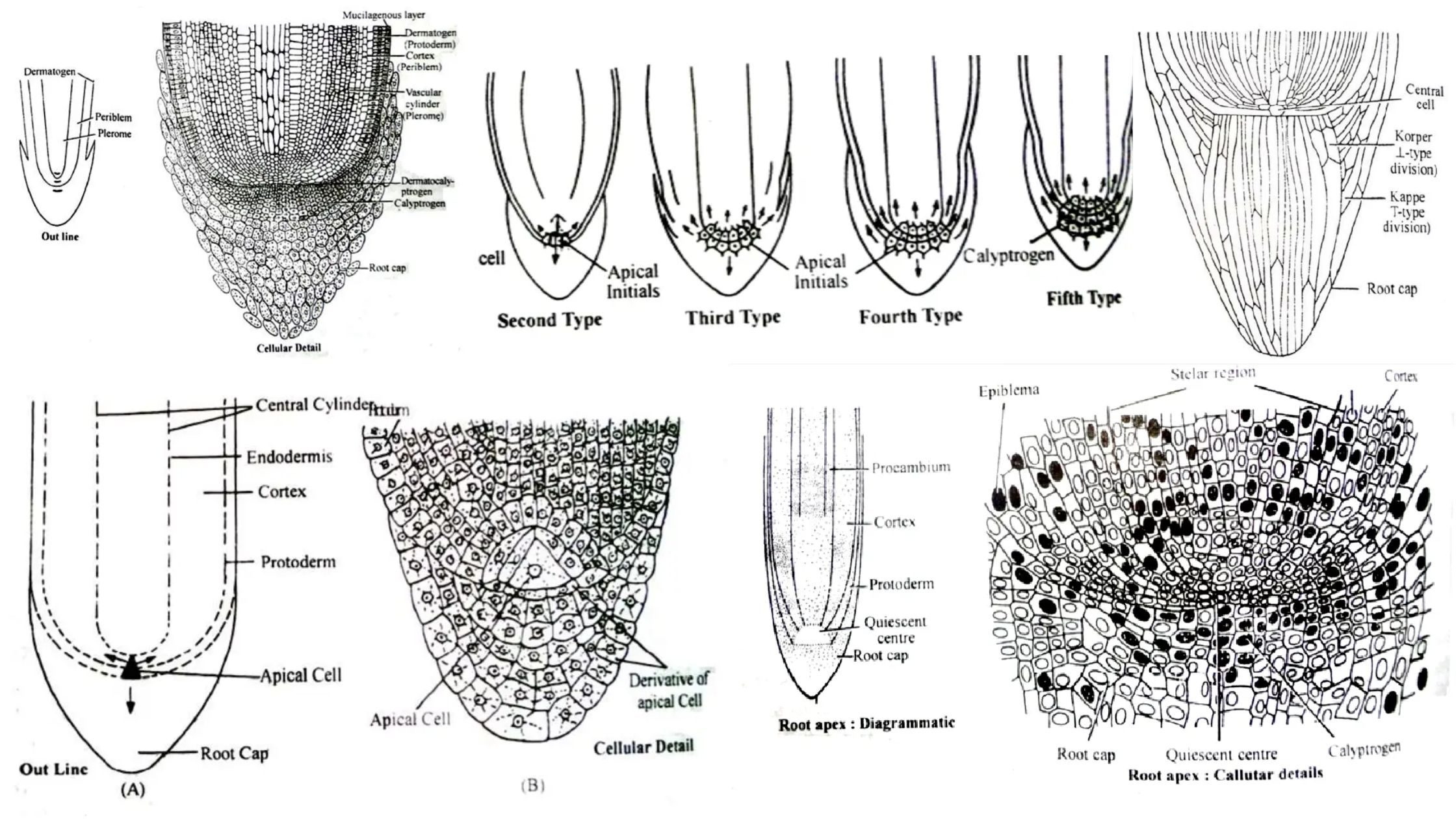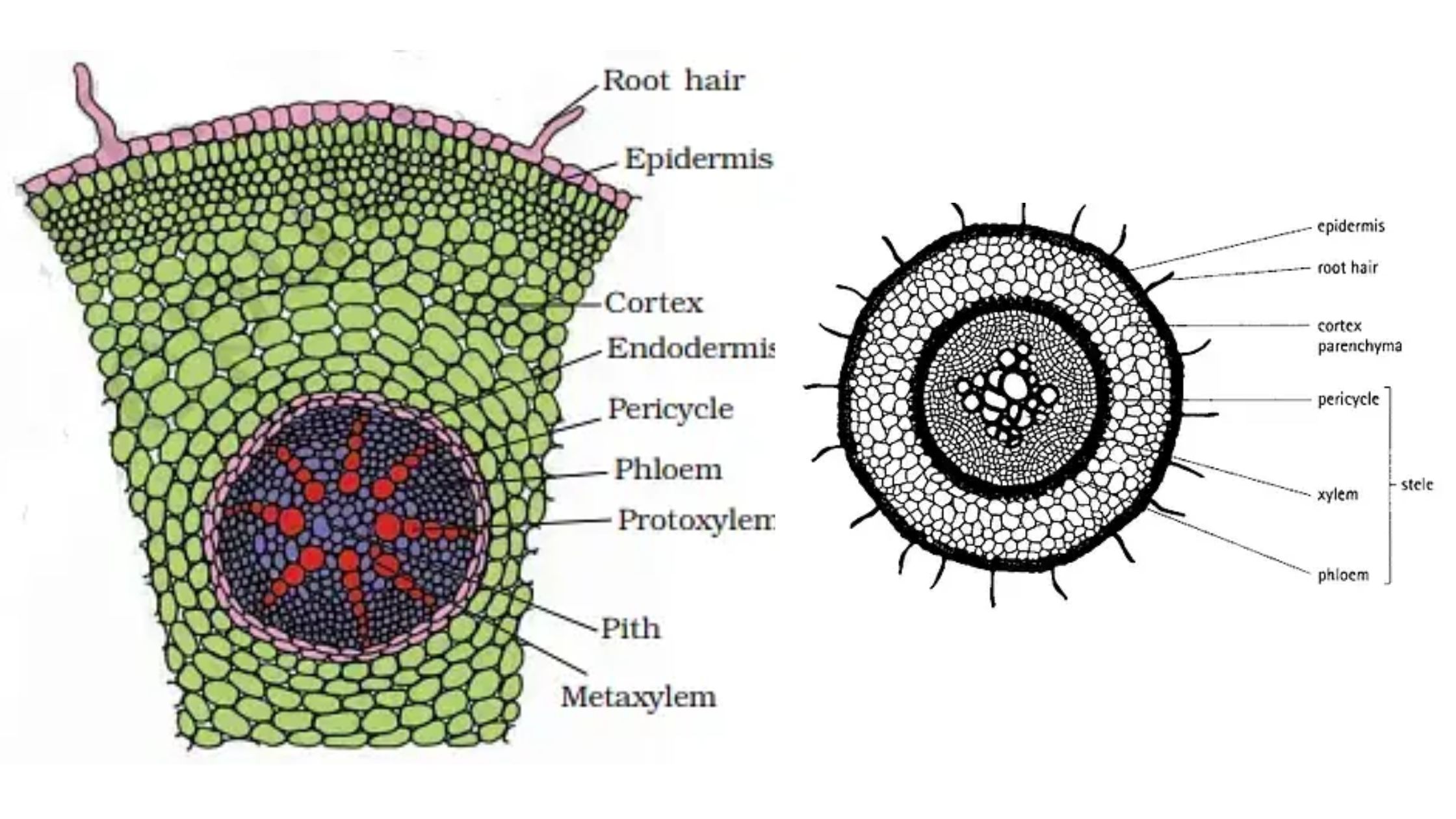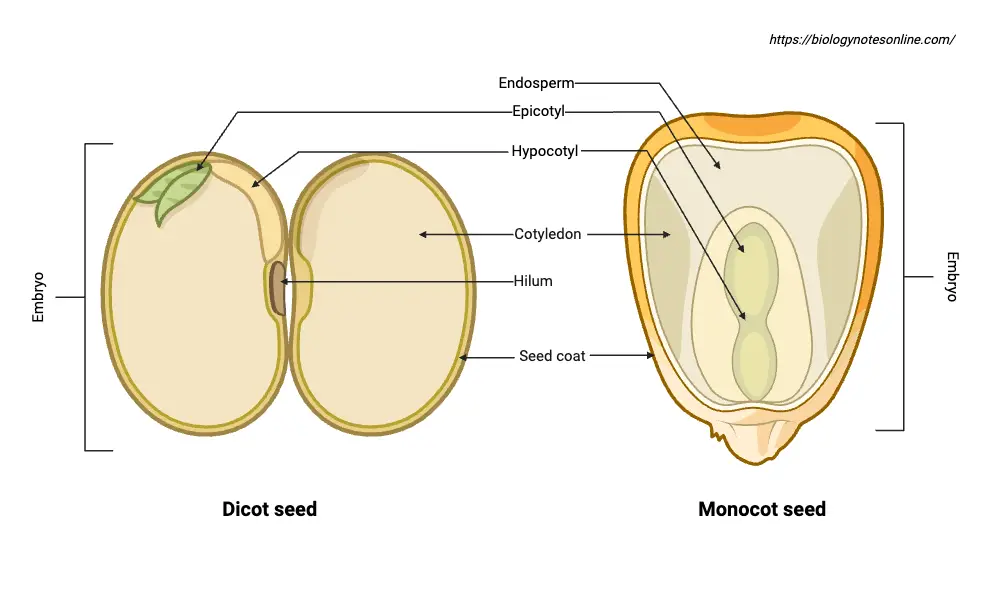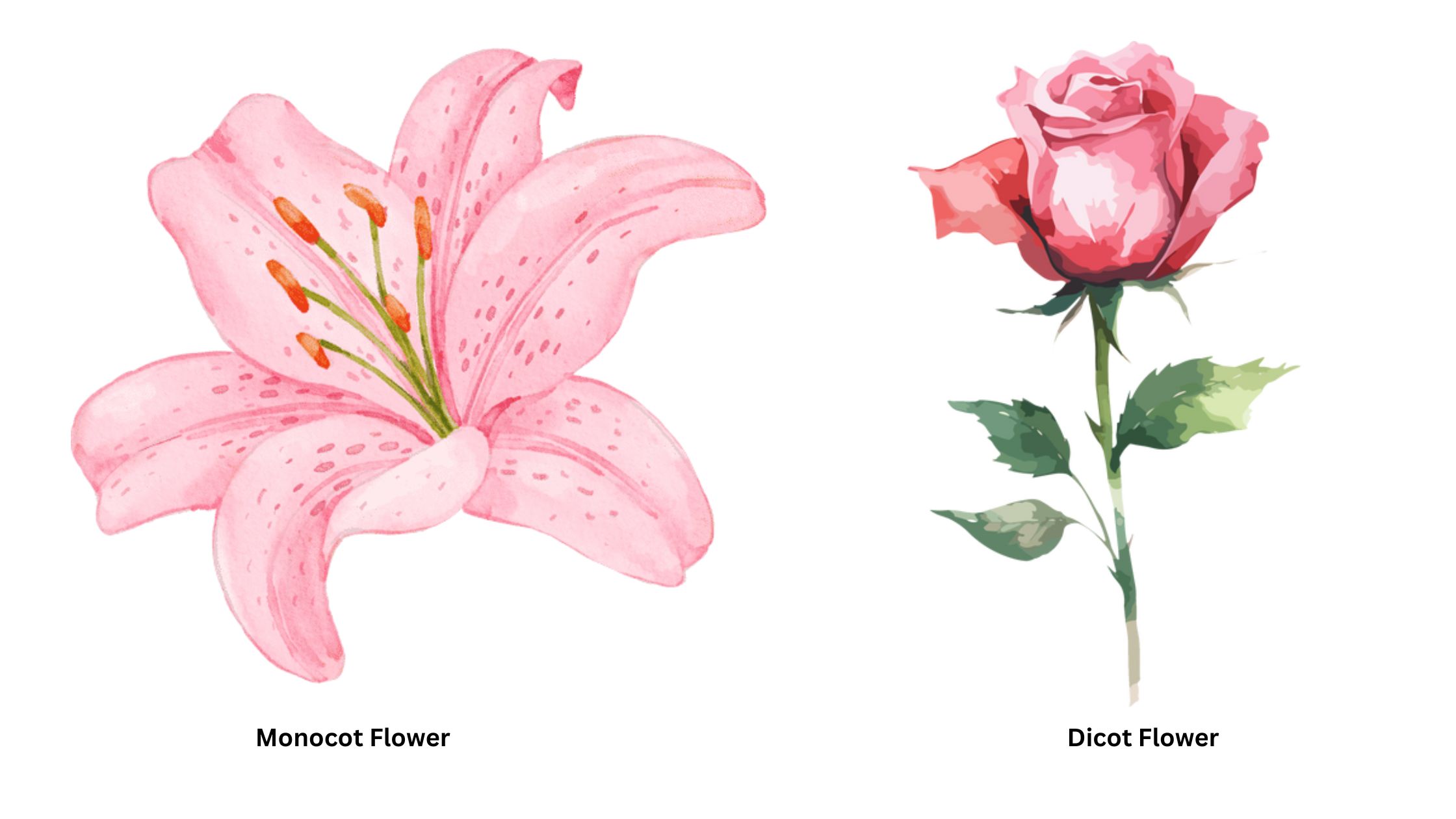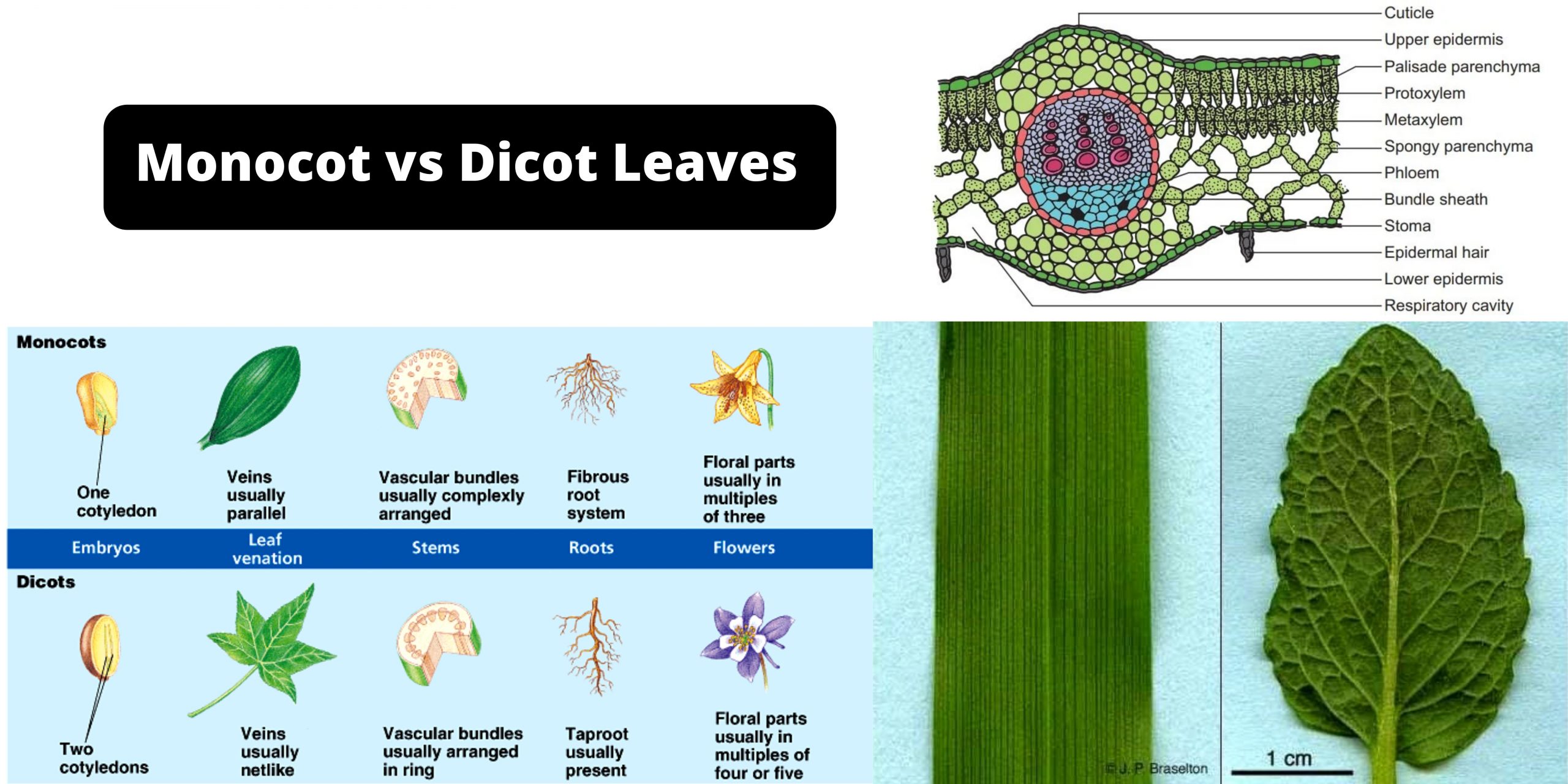Wood – Axial and Ray parenchyma, Annual ring, Ring porous, Tylosis, Sapwood and Heartwood, Reaction wood
Wood, or secondary xylem, is a complex tissue derived from the vascular cambium, primarily found in the stems and roots of both gymnosperm and angiosperm-dicotyledonous plants. The study of wood through microscopic observation is termed xylotomy. This narrative explores the intricate structure and classification of wood, detailing its components and their functions. Ray parenchyma Ray … Read more

